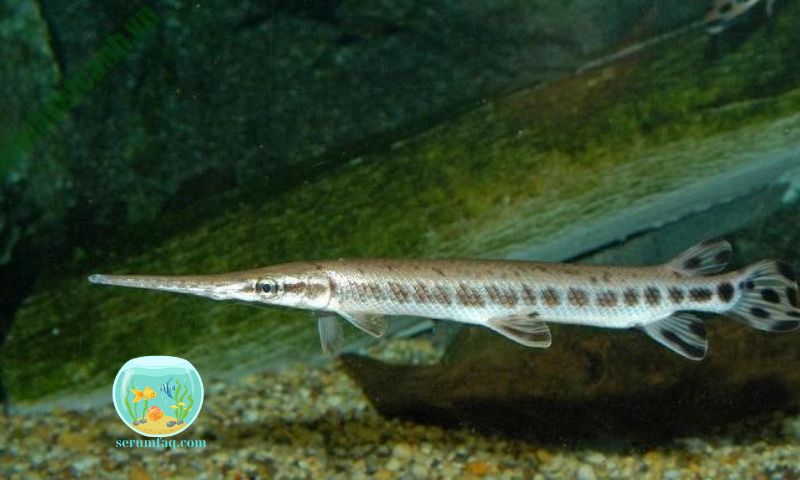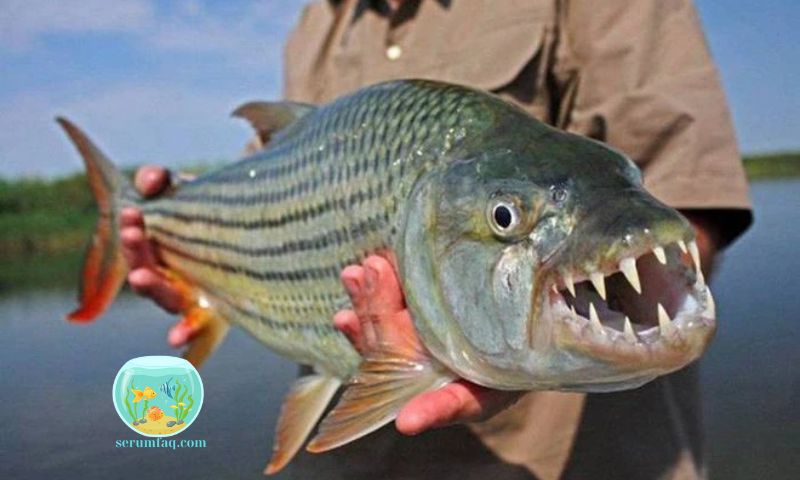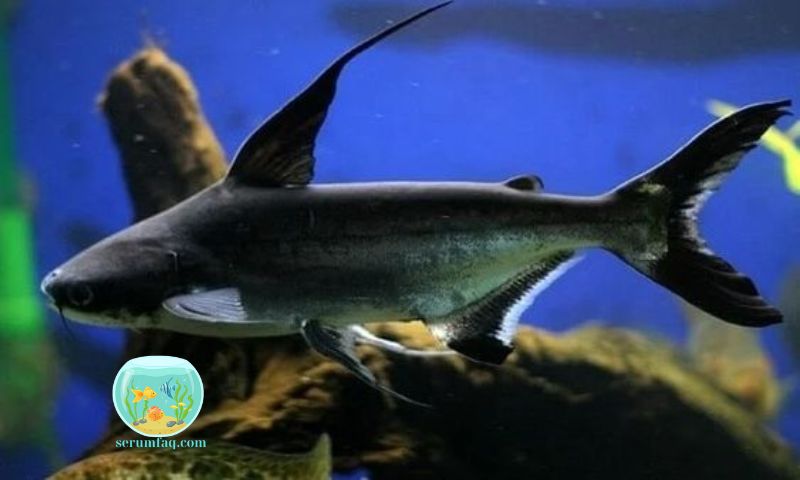Predatory fish play a crucial role in aquatic ecosystems worldwide. Defined by their predatory behavior and specialized adaptations, these fish are essential for maintaining ecological balance and biodiversity. This article explores various types of predatory fish, their characteristics, habitats, and ecological roles.
Characteristics of Predatory Fish

Predatory fish are distinguished by several key characteristics. Physically, they often have sharp teeth and streamlined bodies that aid in swift movement and effective hunting. Behaviorally, predatory fish exhibit strategies such as ambush predation, where they lie in wait for prey, or active hunting, chasing down their targets with bursts of speed.
Freshwater Predatory Fish
In freshwater environments, several species of predatory fish thrive:
1. Northern Pike
The Northern Pike (Esox lucius) is a formidable predator found in North America, Europe, and parts of Asia. Known for its elongated body and sharp teeth, the Northern Pike is an apex predator in many lakes and rivers, preying on smaller fish and even small mammals.
2. Muskie
The Muskellunge, or Muskie (Esox masquinongy), is another large predatory fish native to North America. It shares similarities with the Northern Pike but is known for its aggressive hunting behavior and preference for large prey such as other fish and waterfowl.
3. Barramundi
Found in the rivers and coastal waters stretching from Australia through Southeast Asia, the Barramundi (Lates calcarifer) holds a distinguished status as a prized predatory fish in both angling and culinary circles. Renowned for its robust build, distinctive appearance, and culinary appeal, the Barramundi embodies versatility in its habitat preferences, thriving equally well in fresh and saltwater environments.
The Barramundi’s physical characteristics contribute to its effectiveness as a predator. Possessing a powerful jaw and a streamlined body that can grow up to 1.8 meters (6 feet) in length and weigh over 60 kilograms (130 pounds), these fish are formidable hunters in their aquatic realms. Their diet primarily consists of smaller fish, crustaceans, and occasionally insects, making them integral players in the local food webs of the regions they inhabit.
In Australia, the Barramundi is a prized catch among recreational anglers, valued not only for its fighting spirit but also for its delectable flesh, which is celebrated for its firm texture and mild, slightly sweet flavor. In culinary contexts, Barramundi is revered for its versatility, suitable for grilling, frying, steaming, or baking, making it a favorite in seafood restaurants and kitchens worldwide.
Saltwater Predatory Fish

In marine environments, predatory fish exhibit adaptations suited to the challenges of saltwater:
1. Great Barracuda
The Great Barracuda (Sphyraena barracuda) is a fearsome predator found in tropical and subtropical oceans worldwide. With its torpedo-shaped body and razor-sharp teeth, the Great Barracuda hunts in open waters, targeting smaller fish and occasionally larger prey with sudden bursts of speed.
2. Bluefish
Bluefish (Pomatomus saltatrix) are known for their voracious appetite and swift hunting behavior. Found in Atlantic and Mediterranean waters, Bluefish are opportunistic feeders, often forming schools to chase down smaller fish and squid, maintaining a crucial role in marine food webs.
3. King Mackerel
King Mackerel (Scomberomorus cavalla) are apex predators in coastal waters, known for their speed and agility. Found in subtropical and tropical seas, King Mackerel feeds on smaller fish and squid, using their sharp teeth to capture and consume prey efficiently.
Predatory Fish in Different Regions

Predatory fish exhibit diverse adaptations and distributions across different continents and regions:
North America: Predatory fish like the Northern Pike and Muskie dominate freshwater ecosystems, playing key roles in regulating fish populations and maintaining ecosystem health.
Europe: Species such as Pike and Zander are prominent predatory fish in European lakes and rivers, contributing to biodiversity and recreational fishing opportunities.
Asia: Barramundi and Snakehead fish are notable predatory species in Asian waters, influencing local fisheries and biodiversity conservation efforts.
Australia: The Barramundi, alongside other species like the Murray Cod, are iconic predatory fish in Australian rivers and estuaries, supporting both commercial and recreational fisheries.
Ecological Role of Predatory Fish
As top predators, predatory fish play crucial roles in aquatic food webs:
- Regulation of Prey Populations: By controlling populations of smaller fish and organisms, predatory fish help maintain balanced ecosystems.
- Biodiversity: Their presence ensures diversity among fish species, contributing to overall ecosystem resilience and stability.
Conservation and Management
Despite their ecological importance, predatory fish face threats from overfishing, habitat loss, and environmental degradation:
- Overfishing: Unsustainable fishing practices can deplete predatory fish populations, disrupting food webs and affecting fisheries dependent on them.
- Habitat Destruction: Loss of critical habitats such as wetlands and spawning grounds reduces the availability of suitable environments for predatory fish.
Efforts to conserve predatory fish include implementing fishing regulations, establishing marine protected areas, and promoting sustainable fishing practices to ensure their continued presence and ecological function.
Conclusion
In conclusion, predatory fish are integral components of aquatic ecosystems worldwide. From freshwater lakes to coastal oceans, these apex predators exhibit diverse adaptations and behaviors that highlight their importance in maintaining biodiversity and ecosystem balance. By understanding and conserving these species, we can ensure the long-term health and sustainability of our marine and freshwater environments.

